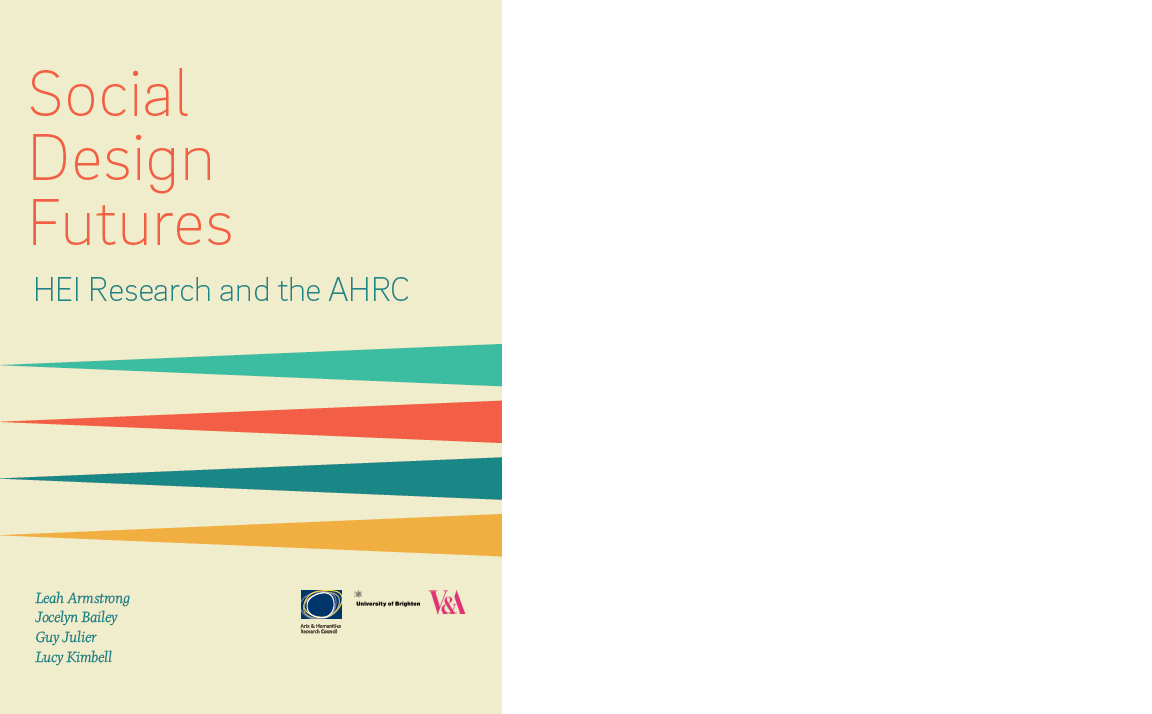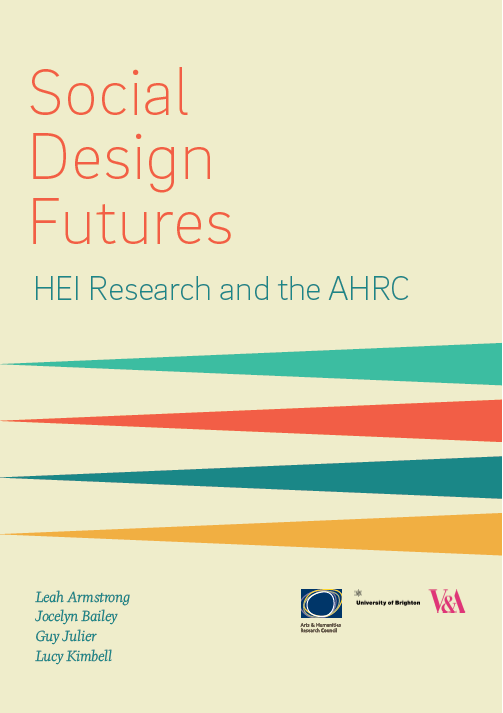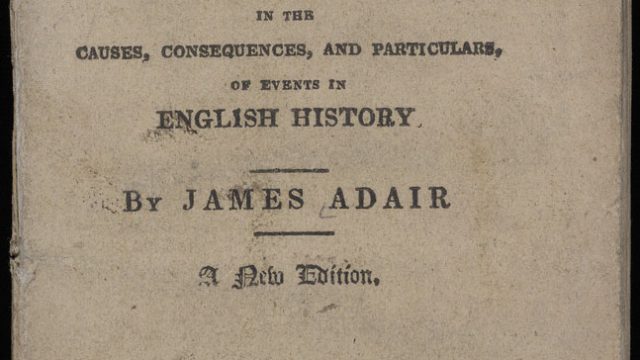It’s always a bit nerve-wracking to go public on a project that you’ve had your head and heart immersed in for a long time. No doubt my colleagues at the V&A who curate exhibitions, edit publications or organise public events feel the same. But at the same time there is the exhilaration of not knowing what the future impact of these might be.
In my case, I have been leading a team that has undertaken an in-depth study of research in social design in the UK for the Arts and Humanities Research Council and we’ve just published our findings.
I say ‘leading’… In fact, we’ve tried to work as much as a workers’ cooperative as possible. Each of us has brought our particular strengths and interests to the project. Fortnightly meetings reviewed progress so that, to mix metaphors, we regularly trimmed our respective sails as we went along.
In our final report we stressed the strengths of genuine cross-disciplinary research and we brought something of this to our own process.
Dr Lucy Kimbell is a University of Brighton Principal Research Fellow and has also been a Fellow of the Said Business School, University of Oxford. She has a degree in engineering, but since then has been an artist, journalist, Head of Social Design at the Young Foundation and now works across education in design and management while also working consultancy in innovation in digital services.
Jocelyn Bailey is an architecture graduate but has led the manufacturing, design and innovation team at the Westminster think tank Policy Connect. She is now is a consultant at BOP Consulting, a research company specialising in strategic support for the creative and cultural sector.
Dr Leah Armstrong is an historian who has recently completed a PhD on the professionalisation of the design industry in the UK. She is also a University of Brighton Research Officer at the V&A. Among her activities, Leah leads on organizing the V&A/University of Brighton Design Culture Salons.
As for me, you can find out more here and here.
If the research team was mixed, then so were our methods.
We did the obvious things like reviewing current literature on social design and related fields and interviewing 48 key people in academia and professional practice.
But we also got a bit wacky. Not for its own sake but because we knew that working in unusual ways would also generate unusual, stimulating material.
We commissioned ten artists and designers from around the world to respond to a speculative brief ‘Help! I can’t get out the house to get what I need’. This produced challenging ways of rethinking what social design might be.
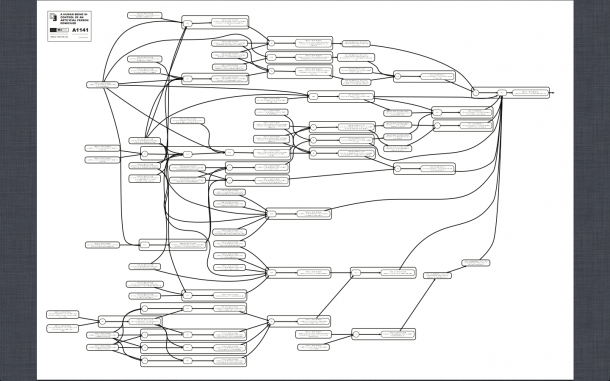
We ran a workshop with experts in social design in which we invited each participant to make a five-minute diatribe about a theme within social design which really annoys them.
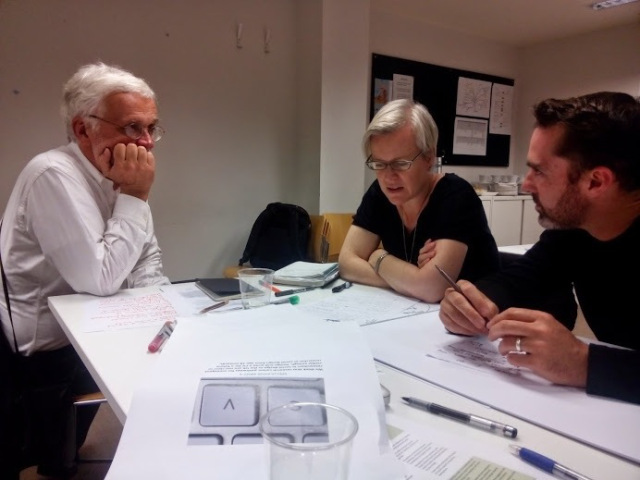
We blogged our own views and invited responses. We tweeted thoughts. We continued to run the Social Design Talks that we’d instigated in March 2012. These monthly fora, supported by the University of Brighton and the V&A brought in experts, respondents and audiences from a wide-ranging constituency to debate issues.
In these ways, the project always had a very ‘live’ feel. We were not ones for hiding away in libraries. At the same time, we recognize that being very public-facing in our approach not only reflects current concerns, but helps to build communities of interest. Just as V&A exhibitions stimulate interests in historical periods or themes, so research projects in themselves build awareness and viewpoints.

While the funding from the AHRC for this project came through the University of Brighton, the V&A hosted it. Why would this be beneficial to the Museum?
Here are three personal thoughts.
- It continues the museum’s tradition — as indeed instigated by Henry Cole at its foundation — as a place of public debate and advocacy.
- It engages the museum with new forms and audiences of professional and academic practice.
- It produces new research-based artefacts that feed back — albeit indirectly — into social well-being.
Of the last, the artefacts that we have produced or commissioned may not be standard ones that, for example, come out the Museum’s excellent artists’ residency programme. They are not physical objects. But they exist and function in surprising ways, nonetheless.
Finally, the project demonstrates that how many academic researchers and professional practitioners are motivated by deep concerns to contribute to society. Much time was given for free by respondents and participants. While commerce and universities have been under so much pressure to monetize their activities, there are swathes of individuals and groups who have their brains, eyes and bodies set on longer-term social goals.
Guy Julier
University of Brighton/V&A Professor of Design Culture and Principal Research Fellow in Contemporary Design
